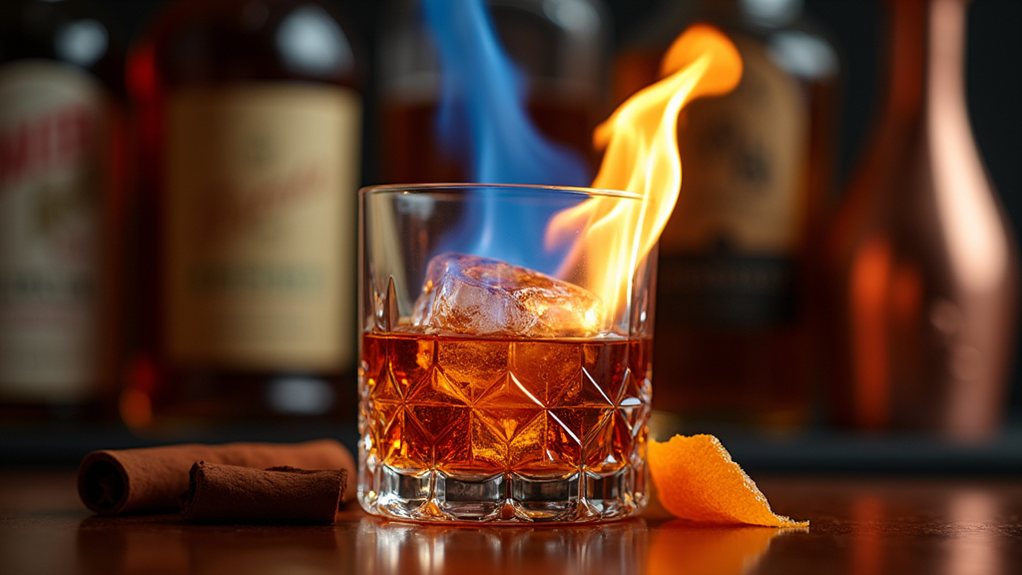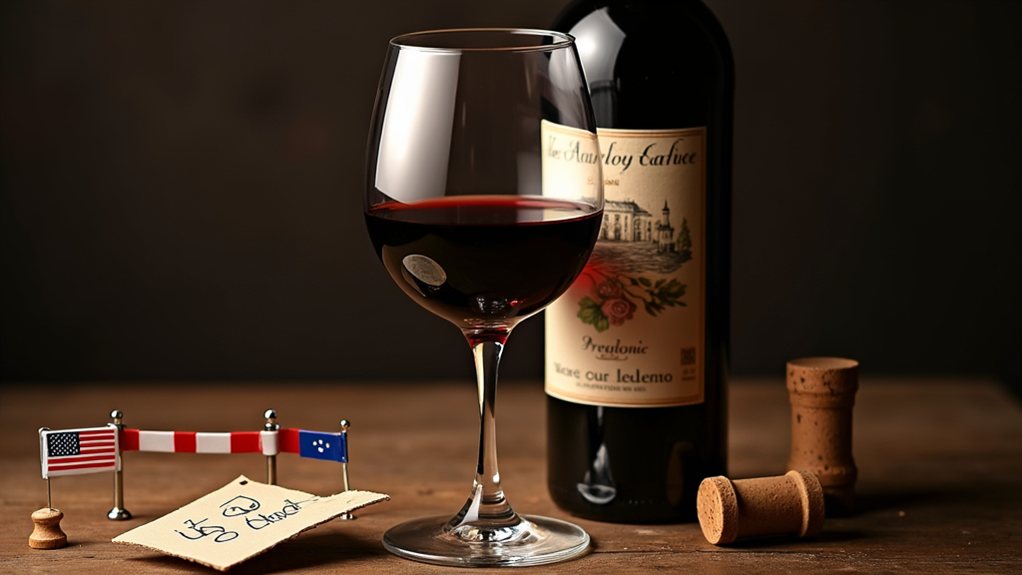The Quirky Legacy of Jack in the Box’s Meaty Cheesy Boys
Fast food is often associated with quick meals and convenience, but Jack in the Box took a different route by mixing culinary experiences with humor and creativity. This California-based fast food chain not only serves an eclectic menu featuring tacos, burgers, and even egg rolls, but it also dared to create its own fictional boy band in the late 1990s. Buckle up as we explore the amusing story behind the Meaty Cheesy Boys and their impact on fast food advertising!
Who Were the Meaty Cheesy Boys?
Although they never graced the cover of a teen magazine, the Meaty Cheesy Boys made waves in the world of fast-food marketing. Comprising five fictitious members—EJ, TK, JT, TJ, and another EJ—this parody band burst onto the scene with the catchy tune "Ultimate Cheeseburger," designed to promote Jack in the Box’s iconic burger. Picture a scenario where these guys, decked out in parachute pants, crooned about their love not for a girl, but for an ultimate cheeseburger instead.
In an era dominated by real boy bands like Backstreet Boys and NSYNC, Jack in the Box turned heads with this humorous approach. The cheeky catchiness of the ad resonated with audiences, almost making you want to sing along while indulging in your favorite fast food.
The Band’s Aesthetic and Backstory
What made the Meaty Cheesy Boys memorable was not just their hilarious songs but also the lore that surrounded them. They were "discovered" at a Jack in the Box and were initially called Playaz Can Harmonize. Their official backstory claimed they changed their name after realizing their mutual obsession with meat and cheese, creating a bond beyond music.
Their supposed rise to fame was aided by a Jack in the Box executive. The boys even launched a "Beginner Boy Band Training School" to spread their love for meat, cheese, and catchy tunes. Such storytelling allowed Jack in the Box to craft a unique narrative that broke the mold of traditional fast-food advertising.
Cultural Impact of the Meaty Cheesy Boys
The Meaty Cheesy Boys were not merely a flash in the pan. They made their debut at the 1999 Billboard Music Awards, where they entertained the audience with their catchy hit. Even more impressively, the band released a real three-track CD titled "Plugged," which was sold at Jack in the Box locations. Tracks like "Let’s Go Get Some Fries" weren’t just clever marketing; they were an earworm for fans of fast food humor.
Their popularity coincided with a cultural fascination with boy bands, allowing Jack in the Box to cleverly capitalize on the trend while poking fun at it. The fictional band’s antics also captured a generation’s sense of humor, serving up nostalgia every time someone recalls those bombastic ads.
The Meaty Cheesy Boys Today
Although the Meaty Cheesy Boys faded from commercials after the early 2000s, they have left an enduring legacy. Jack in the Box continues to sprinkle bits of nostalgia through limited promotions, like their recent offering of a Meaty Cheesy Boys t-shirt to celebrate the band’s 25th anniversary. This playful tribute serves as a reminder of the lovable absurdity that characterized the fast food chain’s marketing approach back in the day.
Across the decades, Jack in the Box has cultivated a reputation for its quirky campaigns, whether it’s blowing up their iconic mascot or creating fictional boy bands. The Meaty Cheesy Boys remain a delightful chapter in the brand’s quirky history, illustrating that great marketing doesn’t always have to be serious—it can also serve up humor and unpretentious fun.
As we reminisce about this unusual yet entertaining piece of fast food history, it’s evident that Jack in the Box was not just selling burgers. They were subtly delivering a slice of joy, laughter, and some unforgettable tunes, one cheeseburger at a time.









